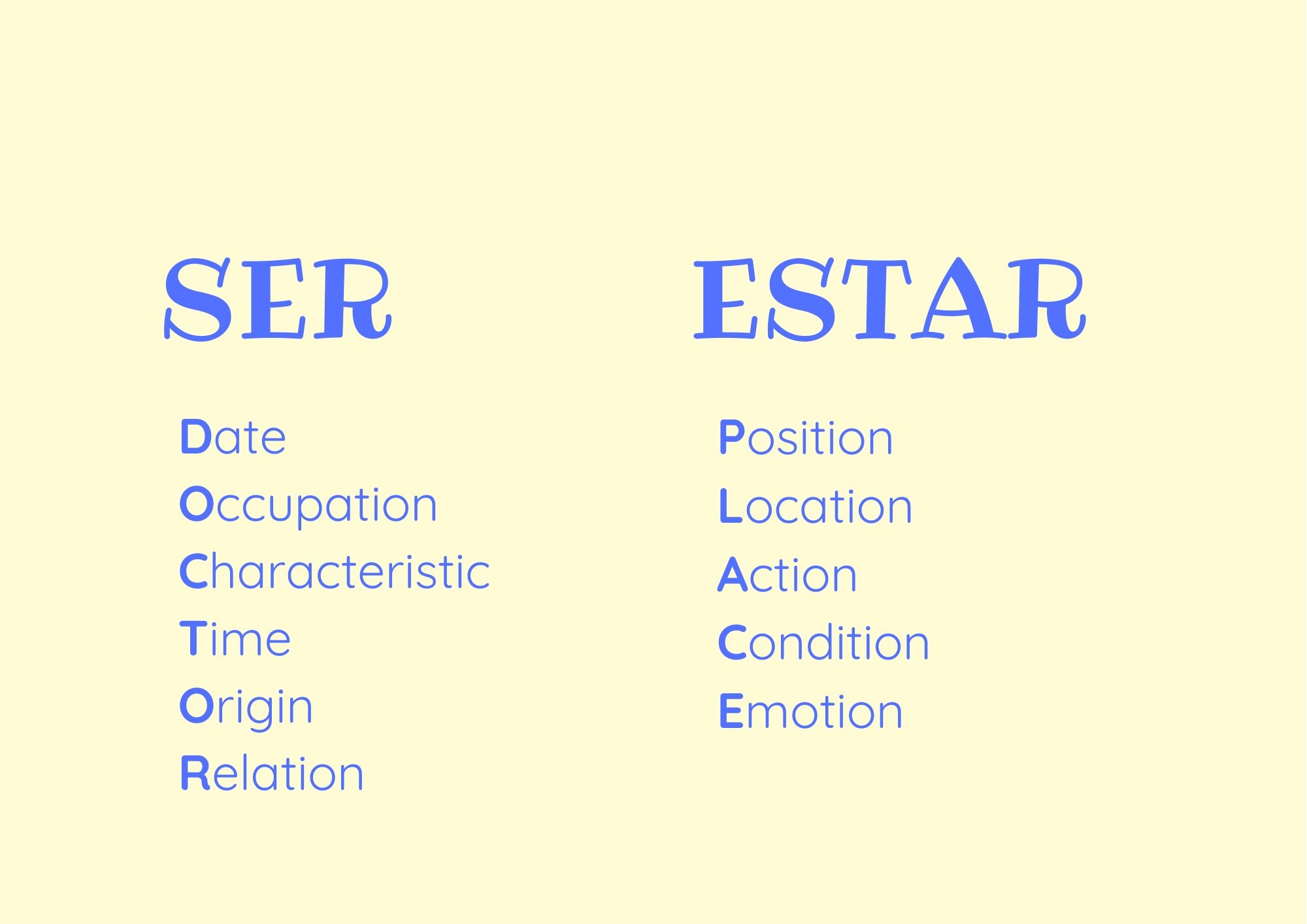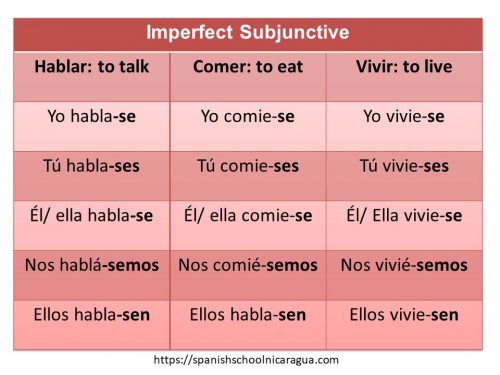
Table 5, which shows the English past tense form of wrote, is a good example of regular – ir verb forms in the preterite tense. The verb escribir (to write) is a regular – ir verb in the preterite.

Table 4, which shows the English past tense form of ate, is a good example of regular – er verb forms in the preterite tense. The verb comer (to eat) is a regular – er verb in the preterite. The nosotros/nosotras form in the present tense is the only form where – er and – ir verbs are different. Notice that the nosotros/nosotras form of an – ir verb looks identical in both the present and preterite tenses, but an – er verb has a different nosotros form in the preterite. Table 3 shows that the endings for – er verbs and – ir verbs are the same for regular verbs in the preterite tense. Since the preterite is a past tense, these forms translate to the English past tense form “spoke.” Table 2 is a conjugation chart for the verb hablar in the preterite tense. Hablar (to speak) is a regular verb in the preterite, so it will serve as a good example. If you see one of these words in the sentence, you will know the verb is conjugated in the preterite tense. The only way you will know whether an – ar verb in the nosotros form is in the preterite or present tense is the context of the sentence. In Spanish, the Indicative Present Continuous is known as 'El Presente Progresivo'. For example, ' estoy estando cansado ', meaning ' I am being tired '. Regular – ar verbs have the same nosotros form in the preterite as they do in the present tense. The Indicative Present Continuous of estar is used to talk about something that is happening continuously or right now. The tú form is also different in the preterite tense: it never ends in –s like it does in the present tense. Remember to pronounce these words with the stress on the last syllable. The yo form of all regular preterite verbs always has an accent mark as well. Take note of the accent mark on the preterite forms because that is the only difference. The endings are a little confusing because the él, ella, and usted forms end in – ó in the preterite tense, but the yo form ends in – o (no accent) in the present tense. (Not all verbs that were regular in the present tense are regular in the preterite.)

For an – ar verb that is regular in the preterite, use the endings from Table 1. To conjugate a regular verb in the preterite tense, remove the infinitive ending and add the appropriate endings. Quiz: Command Forms with Reflexive Pronouns.

Reflexive, Prepositional, and Demonstrative Pronouns.Verbs That Change Meaning in the Preterite.Quiz: Verbs That Change Meaning in the Preterite.Quiz: Irregulars in the Preterite Tense.Quiz: Stem Changers in the Preterite Tense.Quiz: Different Yo Forms in the Preterite Tense.Different Yo Forms in the Preterite Tense.Quiz: Regular Verbs in the Preterite Tense.Quiz Indirect Objects and Indirect Object Pronouns.Indirect Objects and Indirect Object Pronouns.Quiz: Direct Objects and Direct Object Pronouns.Direct Objects and Direct Object Pronouns.Quiz: Using the Right Pronoun to Answer a Question.Using the Right Pronoun to Answer a Question.Quiz: Interrogative Pronouns (Question Words).Interrogative Pronouns (Question Words).Stem-Changing Verbs in the Present Tense.Quiz: Common Verbs Irregular in the Present Tense.Common Verbs Irregular in the Present Tense.Quiz: Confusing Verbs: Determining which Verb to Use.Confusing Verbs: Determining Which Verb to Use.Quiz: Stem-Changing Verbs in the Present Tense.It is used when the active verb in a sentence is estar ( to be), and preferir. Quiz: Regular Verbs in the Present Tense preterite, take its stem (dese-) and add the endings below.Using the imperfect here (Los invitados estaban en la casa de Jorge) is kind of like saying "The guests used to be at Jorge's house. For example, "Anoche los invitados estuvieron en la casa de Jorge" - "Last night the guests were at Jorge's house." Again, as time moves on it doesn't change this fact that the guests were at Jorge's at that specific time (anoche). The preterite of estar (estuve, estuviste, estuvo, estuvimos, estuvieron) is similar, but it describes temporary characteristics in the past, like locations. Using imperfect here ("La fiesta era increíble") is kind of like saying "The party used to be incredible" and that's not exactly what we're saying. For instance, "Anoche la fiesta fue increíble" - "Last night the party was incredible." The party was incredible, and that's a property that will remain with that party one week from now, one year from now, etc. The preterite of ser (fui, fuiste, fue, fuimos, fueron) describes a permanent characteristic of something in the past that did not change as time went on.


 0 kommentar(er)
0 kommentar(er)
